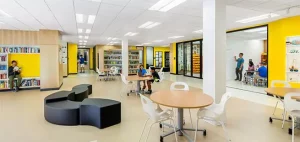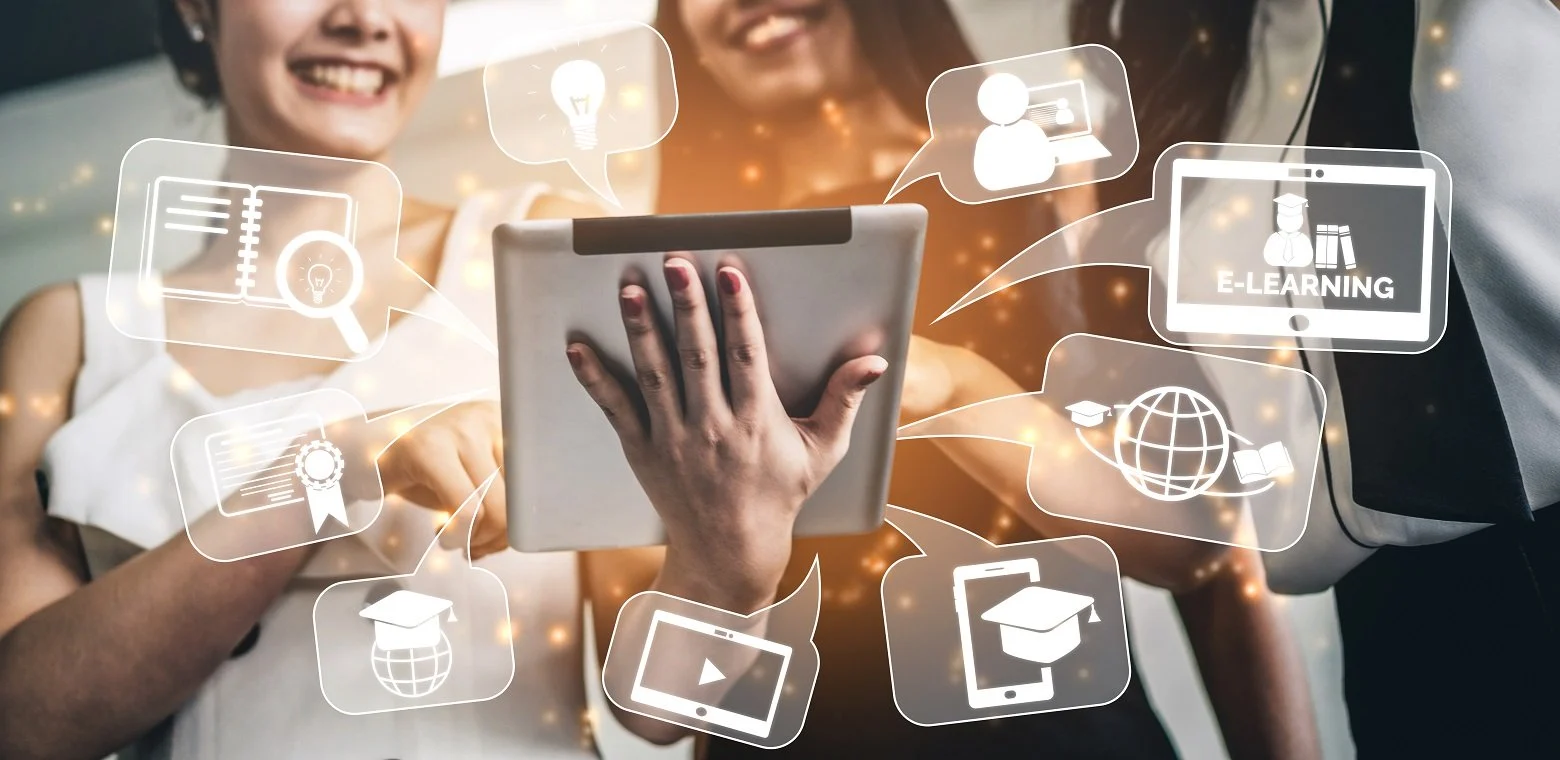Introduction:
As an educational consultant with over a decade of experience. Jane Smith brings 4 Defining Trends with wealth of knowledge and expertise to the table. Throughout her career. Jane has remained at the forefront of educational innovation, helping institutions and educators navigate the complex terrain of modern learning. With a keen eye for emerging trends and a passion for empowering learners. Jane is uniquely positioned to guide us through the dynamic landscape of tomorrow’s education.
4 Defining Trends and Flexible Learning Environments

Adapting to Changing Needs In today’s rapidly evolving world, the traditional boundaries of education are shifting. Flexible learning environments, characterized by online platforms, hybrid models. And customizable experiences, are becoming increasingly prevalent. These environments empower students to take control of their learning journey. And providing them with the flexibility to pursue their education at their own pace and on their own terms. From remote classrooms to virtual labs, technology is playing a pivotal role in shaping the future of education. And breaking down barriers and expanding access to learning opportunities.
Educational institutions are embracing this trend by leveraging digital tools and resources to create immersive and engaging learning experiences. From interactive multimedia content to gamified assessments. Educators are finding innovative ways to capture students’ attention and foster deep learning. Moreover, flexible learning environments enable institutions to reach a wider audience. And catering to the needs of diverse learners regardless of geographic location or socioeconomic status.
4 Defining Trends Lifelong Learning:
Fostering Continuous Growth In an era defined by rapid technological advancements and shifting economic landscapes. The concept of lifelong learning has never been more relevant. Gone are the days when education ended with a diploma or degree. But today learning is a lifelong pursuit essential for staying relevant and competitive in the job market. From upskilling and reskilling to exploring new interests and passions. Individuals are embracing learning as a continuous journey of personal and professional growth.
Educational institutions are responding to this trend by offering flexible programs. And micro-credentials tailored to the needs of working professionals and lifelong learners. Short courses, workshops, and online seminars provide opportunities for individuals to acquire new skills and knowledge. But on demand allowing them to adapt to changing industry trends and pursue their career aspirations. By fostering a culture of lifelong learning, institutions can empower individuals to thrive. In an ever-changing world, equipping them with the tools and resources they need to succeed.
4 Defining Trends and Data-Driven Instruction:

Personalizing Learning Experiences In the age of big data, educators have access to a wealth of information about student learning behaviors, preferences, and performance. Data-driven instruction leverages this wealth of data to personalize learning experiences, tailoring instruction, curriculum, and assessments to meet the unique needs of each student. By analyzing student data in real-time, educators can identify areas of strength and weakness, track progress, and provide targeted interventions to support student learning and achievement.
Educational institutions are increasingly integrating data analytics and learning management systems into their teaching practices, enabling educators to make data-informed decisions that optimize student outcomes. Adaptive learning technologies, personalized learning pathways, and predictive analytics are revolutionizing the way educators deliver instruction and support student success. By harnessing the power of data, educators can create more engaging, effective, and personalized learning experiences that meet the needs of diverse learners.
4 Defining Trends and Global Collaboration:
Breaking Down Geographic Barriers Advancements in technology have made the world more interconnected than ever before, creating opportunities for global collaboration and cultural exchange. In education, this trend is manifested in virtual classrooms, international partnerships, and cross-cultural learning experiences. Virtual collaboration tools enable students from different parts of the world to collaborate on projects, share ideas, and learn from one another’s perspectives, breaking down geographic barriers and fostering a sense of global citizenship.
Educational institutions are embracing this trend by forging partnerships with institutions abroad, offering study abroad programs, and integrating global perspectives into their curriculum. By exposing students to diverse cultures, languages, and worldviews, institutions can prepare them to navigate an increasingly globalized world with empathy, understanding, and respect. Moreover, global collaboration fosters creativity, innovation, and cross-cultural communication skills, essential for success in today’s interconnected world.
Conclusion:
Embracing Change for a Brighter Future As we navigate the complexities of tomorrow’s educational landscape, it is essential to embrace change, innovation, and adaptation. The four trends outlined in this article – flexible learning environments, lifelong learning, data-driven instruction, and global collaboration – represent the pillars of a future-focused education system that empowers learners to succeed in a rapidly changing world. By harnessing the power of technology, embracing a culture of lifelong learning, personalizing instruction, and fostering global collaboration, educators, institutions, and learners can chart a course towards a brighter future for education.
Visual Table: Key Trends in Tomorrow’s Education
| Trend | Description |
|---|---|
| Flexible Learning Environments | Adapting to changing needs with online platforms and hybrid models. |
| Lifelong Learning | Fostering continuous growth through short courses and micro-credentials. |
| Data-Driven Instruction | Personalizing learning experiences with analytics and real-time monitoring. |
| Global Collaboration | Breaking down geographic barriers for cultural exchange and collaboration. |
Comparative Table: Key Features
| Trend | Features |
|---|---|
| Flexible Learning Environments | Adaptability, accessibility, personalized experiences. |
| Lifelong Learning | Continuous growth, flexibility, skill acquisition. |
| Data-Driven Instruction | Personalization, real-time feedback, improved outcomes. |
| Global Collaboration | Cultural exchange, diversity, global competence. |




